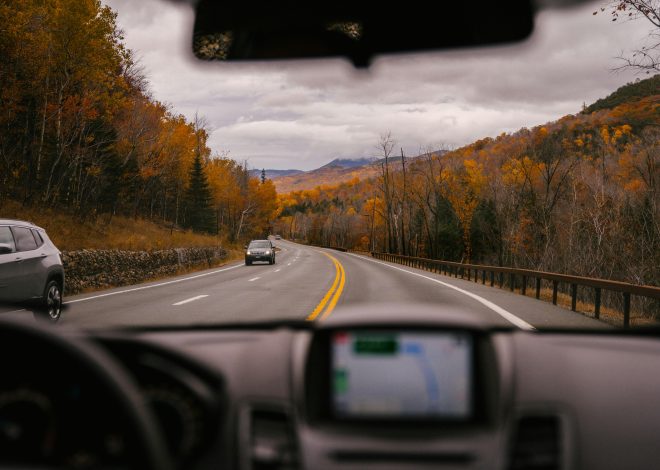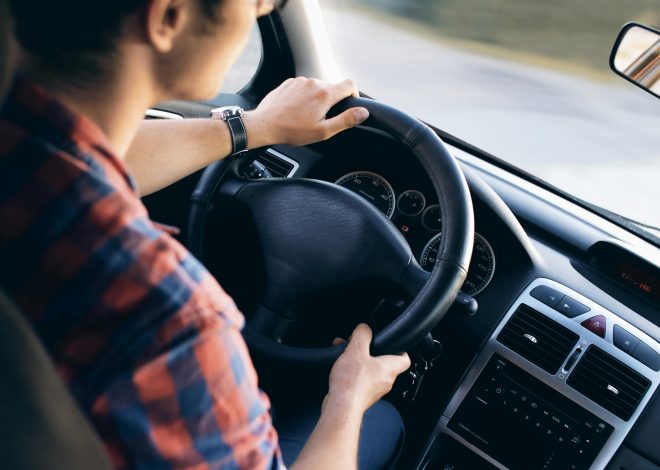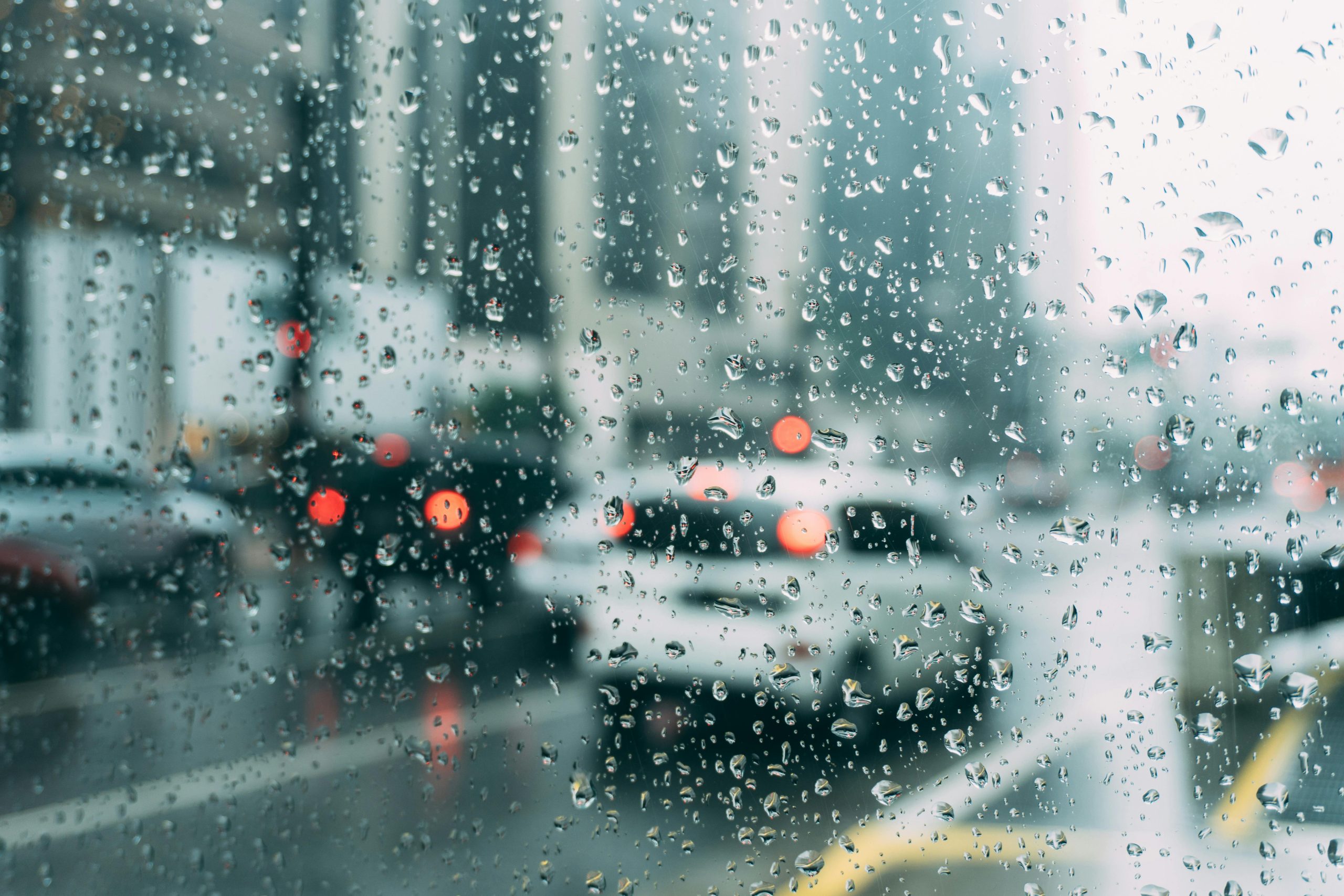
How Weather Conditions Affect Stopping Distances
Introduction
Every driver learns the basic rule: leave enough space between you and the car ahead to stop safely. But did you know that stopping distance can more than double in poor weather? Rain, snow, ice, and even ambient temperature dramatically alter how your vehicle interacts with the road. Understanding these effects is crucial—not just for passing a driver’s test, but for staying safe every time you buckle up. In this article, we’ll break down the physics of stopping distance, explore how different weather conditions change braking performance, and share practical tips to adjust your driving accordingly.
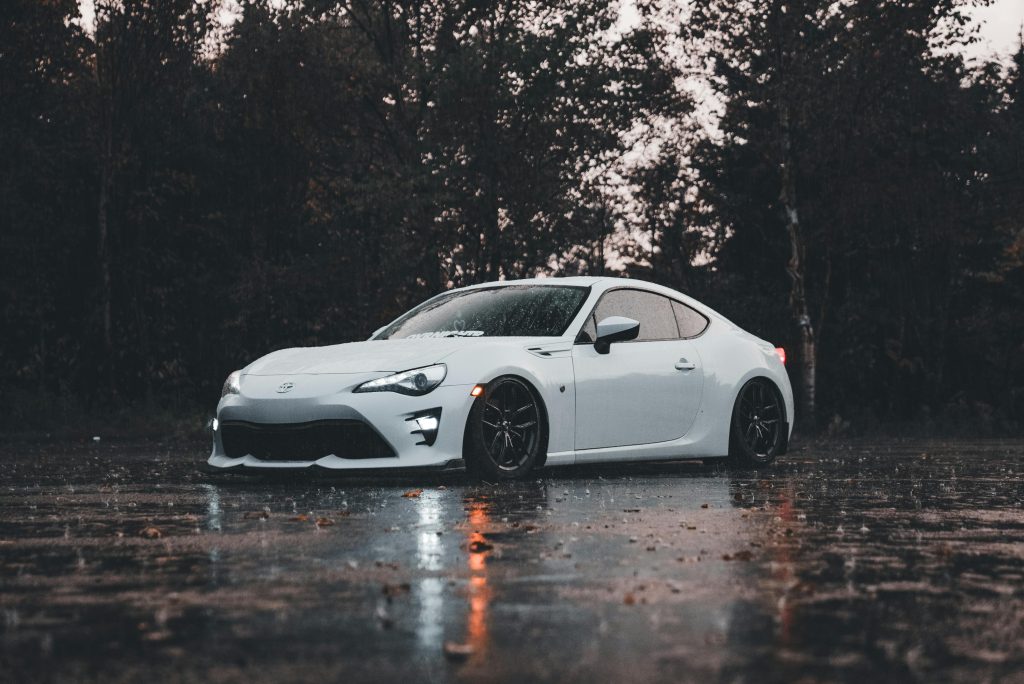
The Two Components of Stopping Distance
Stopping distance combines two phases:
- Perception–Reaction Distance
- The distance you travel while recognizing a hazard and moving your foot from throttle to brake.
- At 60 mph, with a 1.5 s reaction time, you cover about 132 ft (40 m).
- Braking Distance
- The distance traveled from the moment brakes are fully applied to a complete stop.
- Highly dependent on vehicle speed, road surface, tire condition, and brake quality.
Total Stopping Distance = Perception–Reaction Distance + Braking Distance
How Weather Alters Braking Distance
Wet Pavement
When pavement is wet, a thin film of water forms between tire and road, reducing friction. Typical effects at 60 mph:
- Dry braking distance: ~140 ft
- Wet braking distance: ~260 ft (≈ 85 m)
That’s an 85% increase in braking distance on merely damp roads.
Why Wet Roads Grow Braking Distance
- Reduced coefficient of friction: Dry asphalt ≈ 0.7; wet ≈ 0.4.
- Longer brake lockup threshold: Tires require more pressure to bite into surface.
Snow and Slush
Snow packs and slush further degrade grip:
- Packed snow: friction ≈ 0.3
- Slush: friction ≈ 0.2
At 60 mph, expect braking distances of 300–350 ft (90–107 m), more than double dry conditions.
Ice and Black Ice
Ice, especially nearly invisible black ice, can halve friction to ≈ 0.1:
- Ice braking distance: 600 ft (≈ 183 m) or more at 60 mph.
In practice, vehicles may skid uncontrollably before coming to a stop.
Temperature Extremes
- Cold tires: below 40 °F (4 °C), even winter tires lose elasticity, reducing grip.
- Hot pavement: tires can overheat, slightly reducing friction—but less dramatic than cold.

Oil and Road Contaminants
During the first rains after a dry spell, oil residues make roads slicker than usual. Braking distances can temporarily match those on wet pavement—even with minimal standing water.
Visibility and Reaction Time
Poor visibility in fog, heavy rain, or snow flurries doesn’t directly change braking physics, but it increases perception–reaction distance:
- Normal reaction time: ~1.5 s
- Reduced visibility reaction: 2.0–2.5 s
At 50 mph, each additional 0.5 s adds approximately 37 ft (11 m) to reaction distance.
Real-World Stopping Distances by Condition
| Condition | Friction Coefficient | Total Stopping Distance @ 60 mph |
|---|---|---|
| Dry pavement | 0.7 | 272 ft (83 m) |
| Wet pavement | 0.4 | 390 ft (119 m) |
| Packed snow | 0.3 | 460 ft (140 m) |
| Slush | 0.2 | 550 ft (168 m) |
| Ice | 0.1 | 720 ft (219 m) |
Estimates include 1.5 s perception–reaction; actual distances vary by vehicle, tires, and brake condition.
Calculating Your Personal Stopping Distance
To estimate your own stopping distance:
- Measure reaction distance:
ReactionDistance=Speed(ft/s)×ReactionTime(s)ReactionDistance = Speed (ft/s) × ReactionTime (s)ReactionDistance=Speed(ft/s)×ReactionTime(s)
e.g., 60 mph ≈ 88 ft/s; 88 × 1.5 ≈ 132 ft. - Estimate braking distance:
BrakingDistance≈Speed230×μBrakingDistance ≈ \frac{Speed^2}{30 × μ}BrakingDistance≈30×μSpeed2
Where μ is coefficient of friction.
e.g., on wet (μ=0.4): (602)/(30×0.4)≈300ft(60^2) / (30×0.4) ≈ 300 ft(602)/(30×0.4)≈300ft. - Total: sum reaction + braking.
Note: These formulas approximate and assume uniform deceleration and ideal conditions.
Tips to Adjust Your Driving in Adverse Weather
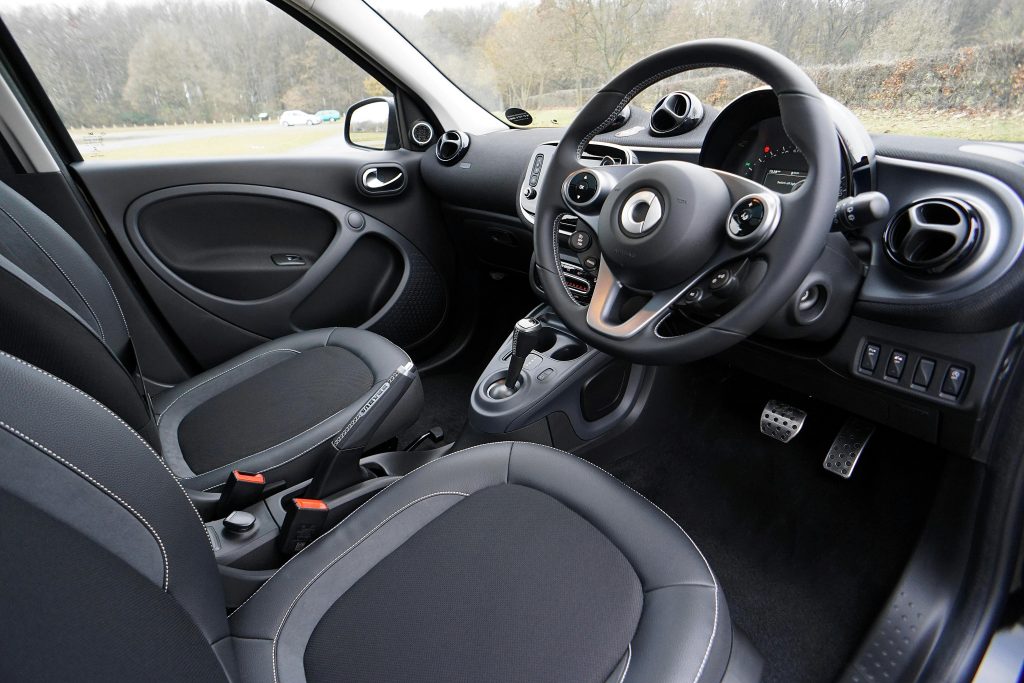
- Increase Following Distance
- Wet roads: 4–5 s rule (instead of 3 s).
- Snow/ice: 7–10 s buffer.
- Reduce Speed Early
- Slower speed dramatically reduces braking distance (braking distance ∝ speed²).
- Maintain Your Vehicle
- Tire tread: replace below 4/32″ for wet traction; 6/32″ for snow.
- Brakes: ensure pads, rotors, and brake fluid are in top condition.
- Use Proper Tires
- All-season okay for light wet conditions.
- Winter tires with soft rubber compounds and deep sipes excel below 45 °F.
- Anticipate Hydroplaning
- At >35 mph in standing water: lift off throttle, steer straight, avoid braking until grip returns.
- Brake Smoothly
- Avoid panic stops; progressive braking helps ABS modulate effectively.
- Improve Visibility
- Keep windshield and lights clean; replace wipers annually.
- Know Your Route
- Familiarity with road grade and curves lets you plan speed and braking zones.
Conclusion
Weather can transform a 200-ft stopping distance on a sunny day into a 700-ft stretch—or longer—when ice blankets the road. By understanding how rain, snow, ice, and temperature extremes affect both perception–reaction and braking phases, you can adjust speed, following distance, and braking technique to match conditions. Regular vehicle maintenance—especially tires and brakes—combined with cautious, anticipatory driving is your best defense against weather-related crashes. Remember: in adverse weather, your true stopping distance often exceeds what you see through the windshield. Stay alert, stay prepared, and give yourself the space you need to stop safely.

